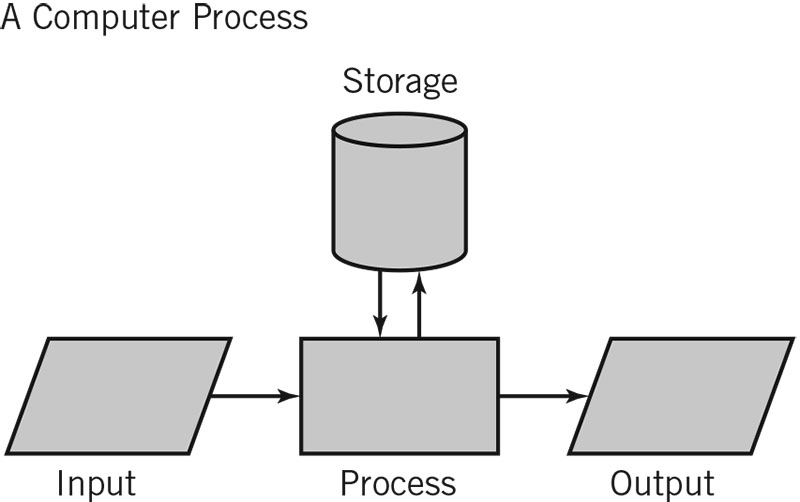Lesson 13
Internet Components Conclusion
Glossary Terms
This module walked you through the mechanics of the Internet. This module explained how the internet does what it does.
You learned about the hardware, software, and network administration needed to access the Internet from the client side. You learned about the operational details of TCP/IP. You should now be able to:
- Evaluate the hardware and software needed to access the Internet
- Describe how to configure a desktop computer to access the Internet
- Explain how to optimize a browser for performance
- Explain how to configure a browser for cookies and Active X
- Describe which protocols to use for sending and receiving email
- Define the purpose and types of MIME
In this module, you were introduced to the following terms:
- Client: One of the three required components of an Internet connection consisting of a desktop computer and a program that requests information from the server.
- Server: One of three required components of an Internet connection consisting of a computer on the network that answers client requests with services.
- Network Interface Card (NIC): Also known as a network adapter, NICs are required to connect computers to the network cabling system (using either coaxial cables or RJ-45 connectors). NICs plug into client and server machines and control the exchange of information between the two (known as handshaking).
- Modem: Short for modulator-demodulator. A modem converts digital signals to analog (outgoing traffic) and analog signals to digital (incoming traffic).
- TCP/IP: Transmission Control Protocol/Internet Protocol is a protocol suite used to connect computers and networks. It is the de facto protocol used to connect to the Internet.
- Web browser: A client application used to browse, or "interface with," the Internet. Examples of browsers include Netscape Navigator and Microsoft Internet Explorer.
- Email: Electronic mail is a client application for transmitting mail over a network. Email is used as a worldwide communications tool.
- HOSTS files: ASCII text files containing the name and the corresponding IP address of systems that you regularly communicate with.
- Domain Name Server (DNS): Translate domain name to a numeric IP address.
- Dynamic Host Configuration Protocol (DHCP): The protocol used to automatically assign IP addresses. The server simply issues the IP address as needed.
- ActiveX: ActiveX controls are small programs that are downloaded by a browser and executed on the user's computer.
- SMTP: Simple Mail Transfer Protocol is the standard protocol for sending email between email servers on the Internet.
- POP3: Post Office Protocol is the standard protocol for downloading or receiving mail from email servers on the Internet.
- Multipurpose Internet Mail Extensions (MIME): Developed to send non-text data, such as graphics or programs, in Internet email.
Common Hardware Software Components
Click the link below to read about the hardware and software components needed to access the Internet.
Common Hardware/Software Components
Common Hardware/Software Components
Common Hardware and Software Components
- Network Interface Card (NIC): Connects computers to the network cabling system. An example is an ethernet.
- Modem: Converts digital signals to analog and analog signals to digital when dial-up services are needed. Examples include analogs and CSU/DSU.
- RJ-11, RJ-45: Connects modems via household wiring to a POTS (telecommuncations) infrastructure, or a network card to a network.
- TCP/IP: Lets dissimilar systems communicate via a communications protocol suite.
- Web browser: Facilitates the display of various Web sites.
- Email: Delivers electronic messages globally to Internet users via a common application.
- Operating system: Controls how network system resources are managed and are needed on both the client and the server.
IT System
- An IT system consists of one or more computer systems; multiple computer systems are connected together using some type of network interconnectivity. As a matter of necessity, network interfaces must conform to standard agreements, known as protocols, for messages to be understood by both computers during a message exchange between a pair of computers. The network itself can take on a variety of forms, provided that the interface requirements are met, and are determined by such characteristics as performance, convenience, and cost.
- The work performed by an individual computer system within the IT system can be characterized by input, processing, and output.
This characterization is often represented by the Input-Process-Output (IPO)model shown below. Storage is also represented within this model. Alternatively, storage can be interpreted as output to be saved for use as future input. Storage is also used to hold the software programs that determine the processing operations to be performed. The ability to store programs and data on a temporary, short-term, or long-term basis is fundamental to the system.
All IT systems can ultimately be characterized by the same basic IPO model at all levels, from a single computer to a complex aggregation of computers, although the complexity of large systems may obscure the model and make it more difficult to determine the actual inputs, outputs, and processing

Net Access - Quiz
Click the Quiz link below to test your mastery of using clients to access the Net.
Net Access - Quiz
Net Access - Quiz